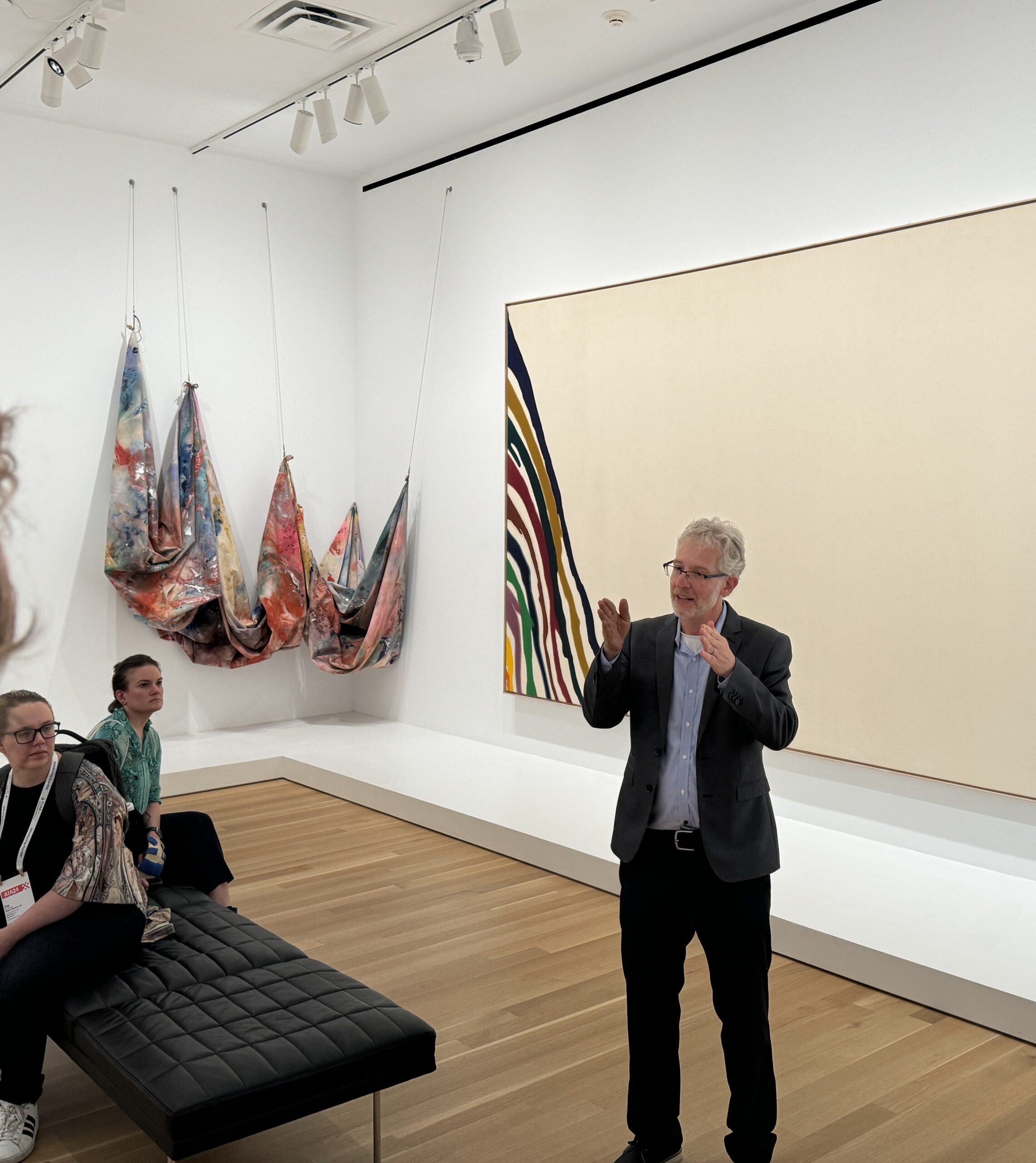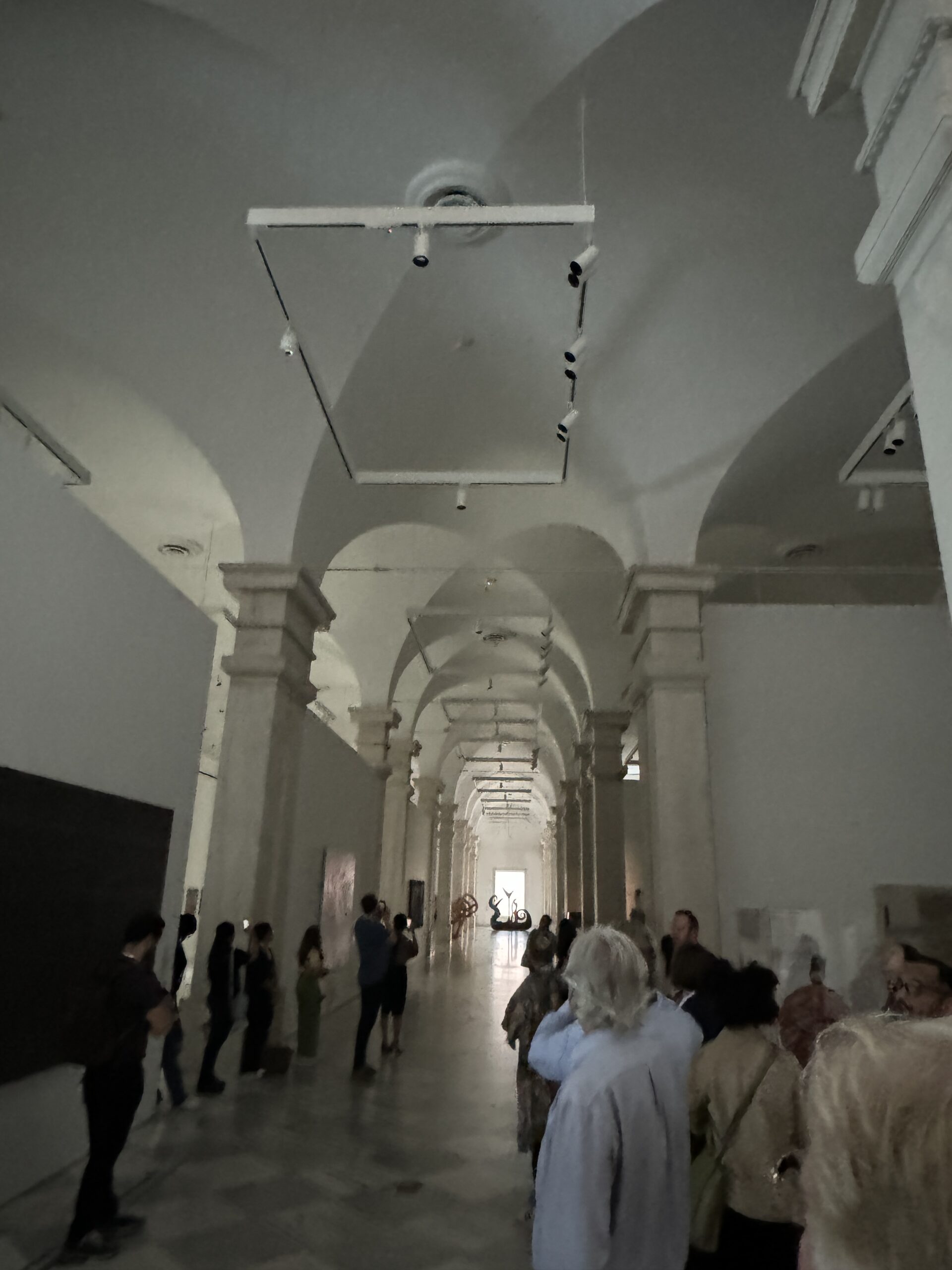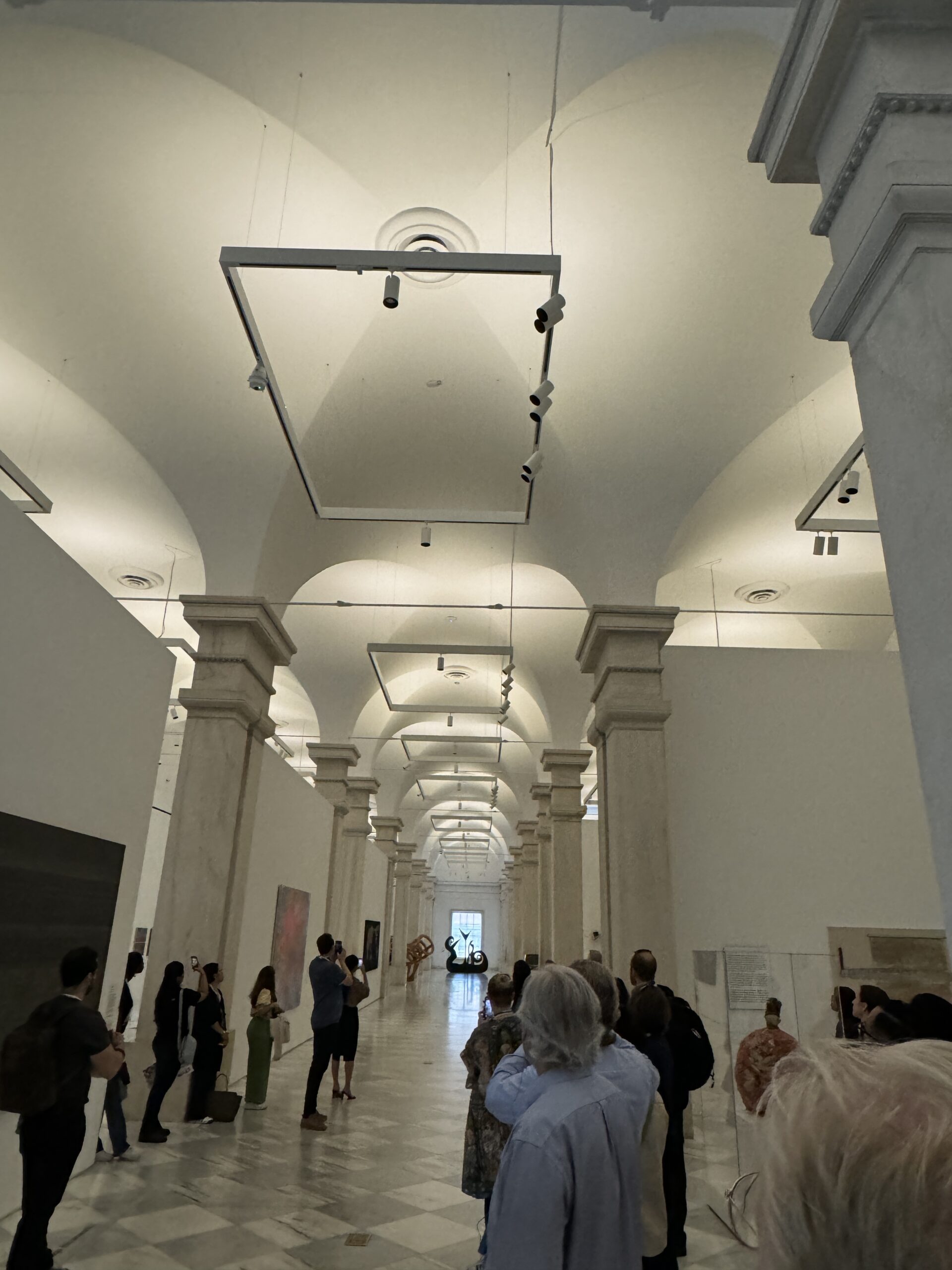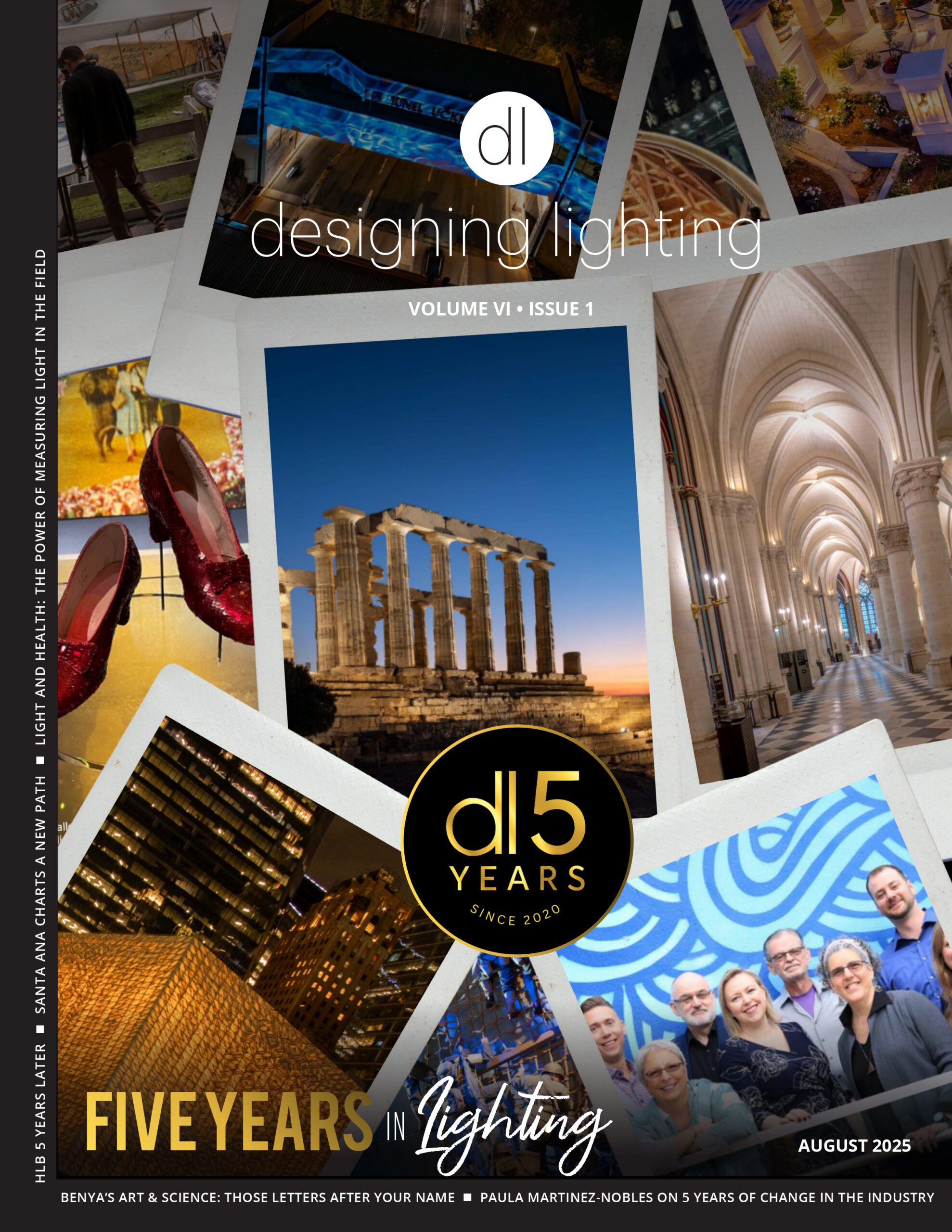Illuminating Art at the Smithsonian American Art Museum: A Behind-the-Scenes Tour
On 5 June, I had the pleasure of attending my first AIA convention in Washington, D.C. The highlight of the event was a tour led by Eileen Pierce of Pierce Lighting Studio, that showed the Lighting at the Smithsonian American Art Museum. Her presentation focused on the stunning lighting design that accentuates the grandeur of the Smithsonian American Art Museum (SAAM), a subject I had previously covered in an article based on an interview with Scott Rosenfeld, the museum’s lighting designer.
Revitalizing the Modern and Contemporary Art Galleries
Opened in 2023, the revamped 20,000 sq. ft. Modern and Contemporary Art Galleries at SAAM exemplify how thoughtful architecture and innovative lighting can transform the museum experience, welcoming new and diverse audiences.
The Smithsonian American Art Museum in Washington, D.C., has undergone a significant lighting transformation to enhance the display and preservation of its extensive American art collection. This ambitious project, initiated in 2019, reflects a collaborative effort involving architects, lighting designers, curators, and various institutional departments. Eileen Pierce and Scott Rosenfeld led a detailed tour, providing insights into the challenges and solutions involved in this upgrade.
Project Genesis and Curatorial Process
Eileen Pierce began the tour by explaining the project’s origins and the intricate curatorial process. “The institution approached us in 2019 with a major lighting track upgrade project,” Pierce noted. “They saw it as an opportunity to rethink the narratives and interpretation of American art.” This required the museum to temporarily take down and reinstall its collection, prompting a comprehensive review of what constitutes American art and who American artists are. This curatorial reexamination influenced the design and implementation of the new lighting system.
Architectural Challenges
The museum’s architecture presented several challenges, particularly the constraints imposed by the building’s historic structure. Pierce explained, “The building’s shared nature, housing both SAAM and the National Portrait Gallery, complicated the project. Each floor’s unique layout required careful consideration of visitor orientation and experience.” One notable architectural challenge was the large mechanical wall grills. “This isn’t a purpose-built museum space,” Pierce said. “We had to navigate around a lot of historic fabric.” The team proposed raising wall heights to improve space utilization and enhance the display.
Innovative Lighting Solutions
The lighting design aimed to preserve the art and enhance the visitor experience. The original system had a primary and secondary cable system, both of which needed upgrades. The new design incorporated both daylight and electric lighting solutions, meticulously studied through computer models. “Our goal was to reveal the ceiling and architecture without overpowering the art,” Pierce said. The team created a suspended track system positioned about six feet off the ceiling, ensuring optimal light distribution.

The Smithsonian’s Scott Rosenfeld discusses Controls as part of the AIA 2024 Conference
Advanced Technology Integration
Scott Rosenfeld elaborated on the technological advancements integrated into the project. The museum adopted a sophisticated Bluetooth-connected lighting control system capable of managing over 10,000 lights. “We built a lighting control infrastructure that supports both a user interface and a database, allowing us to control every single light and monitor their status in real-time,” Rosenfeld explained.
Focus on Preservation
A key aspect of the upgrade was ensuring the preservation of the artworks. The team implemented methods to reduce spectrum and cut specific wavelengths, enhancing sensitivity while minimizing damage to sensitive pieces. “Our challenge was to provide lighting that preserves the art while making it accessible and enjoyable for visitors,” Rosenfeld said. The project also explored moving beyond static lighting levels, developing a framework for flexibility that considers the duration and spectral qualities of light exposure, aiming to balance preservation needs with display requirements.

All electrical lighting was turned off

All electrical lighting was dimmed.
This comprehensive lighting transformation at SAAM showcases how modern technology and thoughtful design can coexist to enhance the visitor experience while preserving the invaluable art collection.



